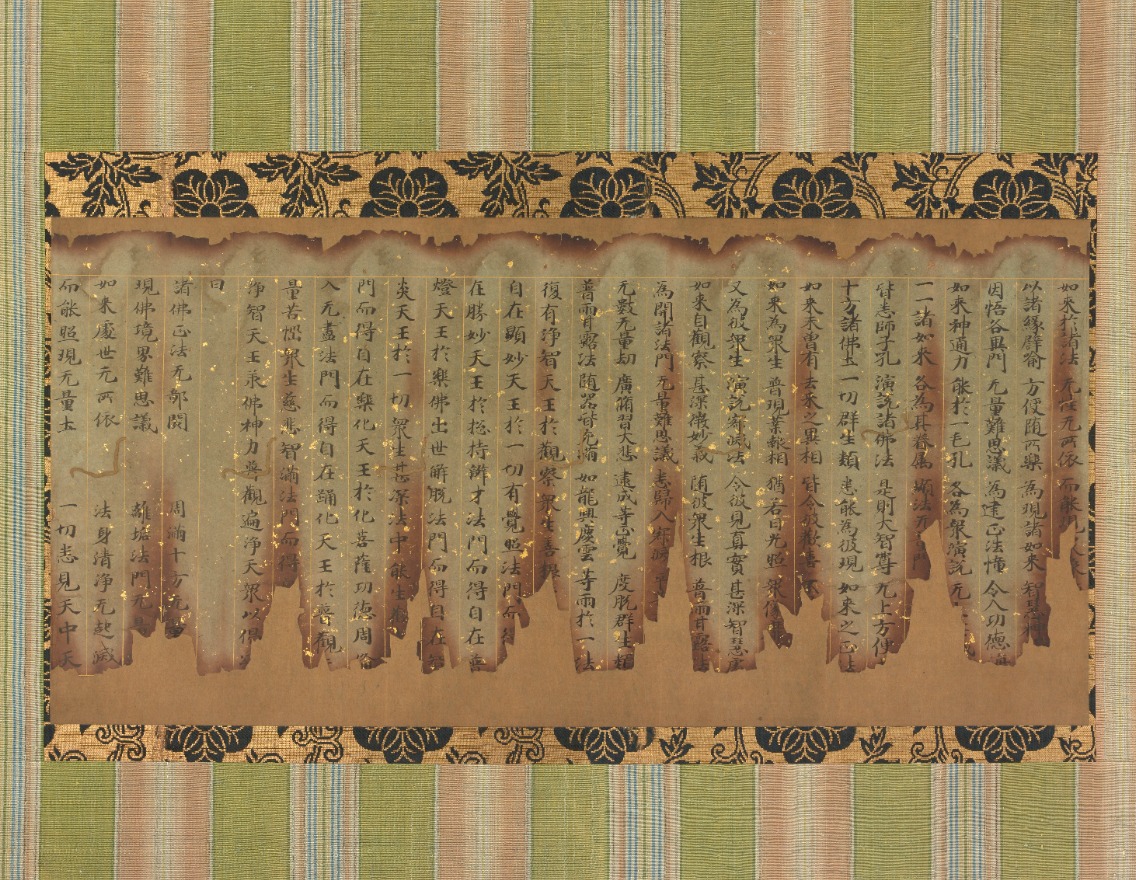Description
Register here.
Calligraphy is language turned into art. It celebrates the artfulness of the written word and the different ways in which language can be interpreted visually and conceptually. In the traditional arts of East Asia, calligraphy has long been considered a form of personal and conceptual expression, where individuality and meaning are being projected through the way a text is written. In this way, most if not all pieces of calligraphy combine form and function. This talk focuses on the religious and secular works of Japanese calligraphy and analyzes how meaning is conveyed by form, materials, and the writer’s intention. The talk will also consider how the mountings—frames and integral structural of hanging scrolls—can correspond with and enhance the aesthetic and content of a work of calligraphy.
Frank Feltens is the Japan Foundation Associate Curator of Japanese Art at the Smithsonian’s National Museum of Asian Art. He holds a PhD in the history of Japanese art from Columbia University and is a specialist in Japanese painting from the medieval to the modern periods. Among his publications are Ogata Kōrin: Art in Early Modern Japan (Yale University Press, 2021) and, co-authored with Yukio Lippit, Sesson Shūkei: A Zen Monk-Painter in Medieval Japan (Freer Gallery of Art, Smithsonian Institution, 2021).
This talk is part of the monthly lunchtime series Sneak Peek: New Research from the National Museum of Asian Art, where staff members present brief, personal perspectives and ongoing research, followed by discussion. This year, the series focuses on collecting practices and the collections of the National Museum of Asian Art.
Image:
Section of “The Wonderful Adornments of the Leaders of the World,” Chapter 1 of the Flower Ornament Sutra, Japan, Heian period, ca. 1100, hanging scroll, ink on light indigo-dyed paper, with gold-ruled lines and gold-leaf, Gift of Sylvan Barnet and William Burto, Freer Gallery of Art, F2014.6.4
Cost
Free
Topics
Event Series
Sneak Peek: New Research from the National Museum of Asian Art 2022


